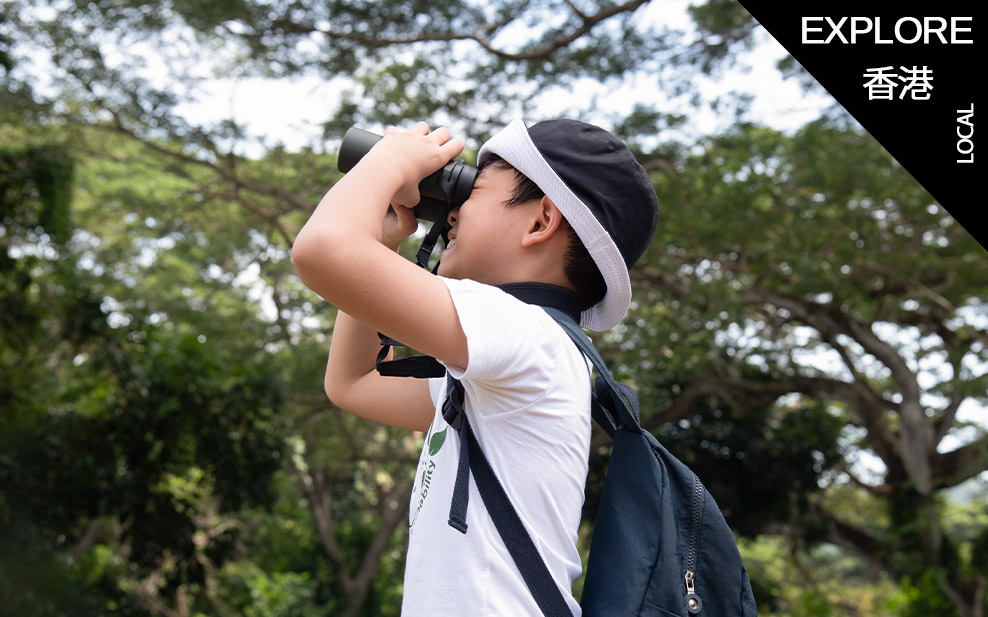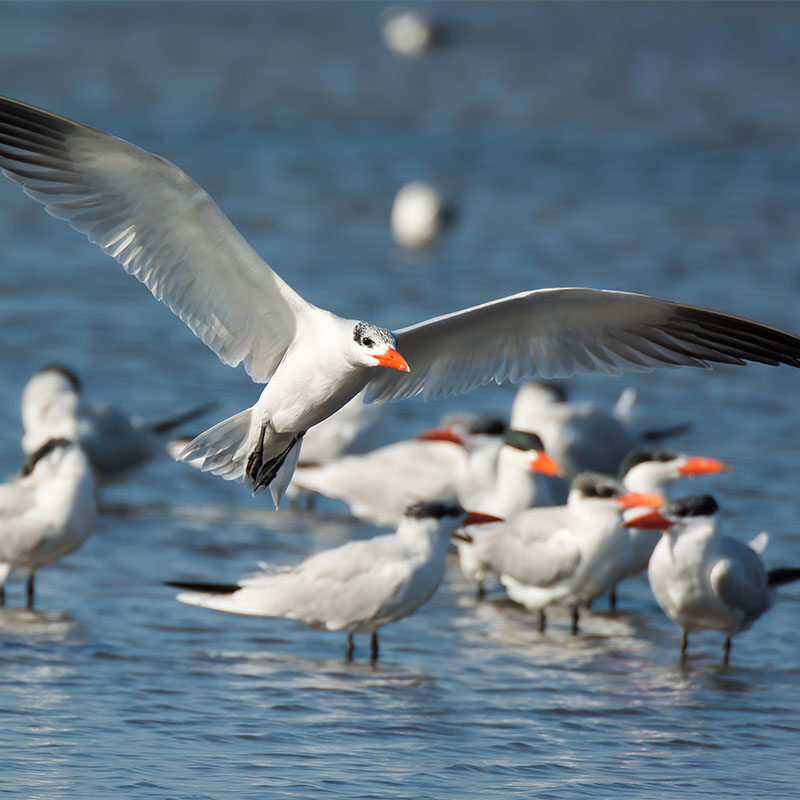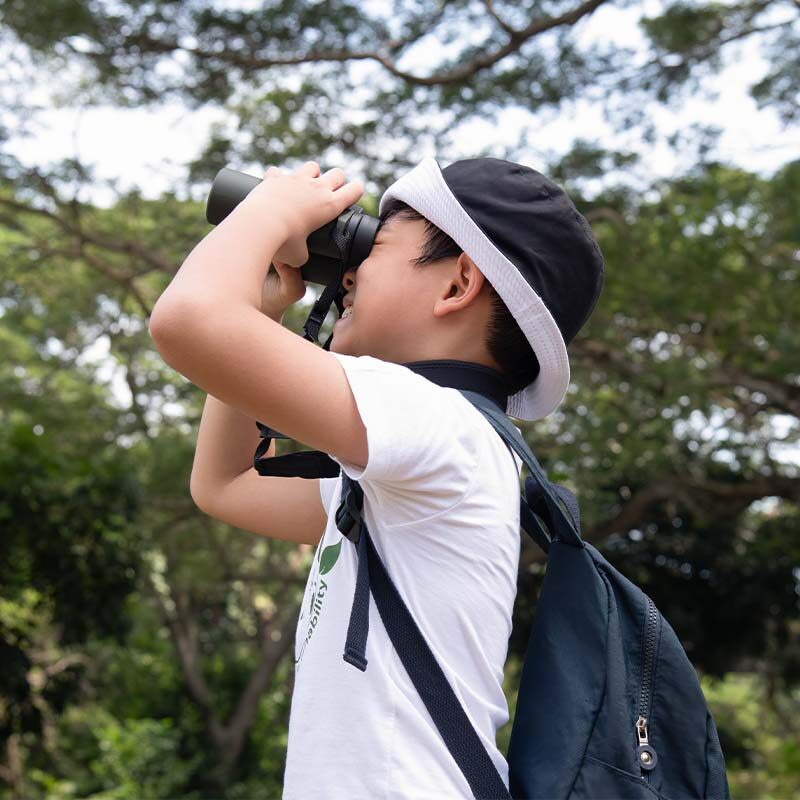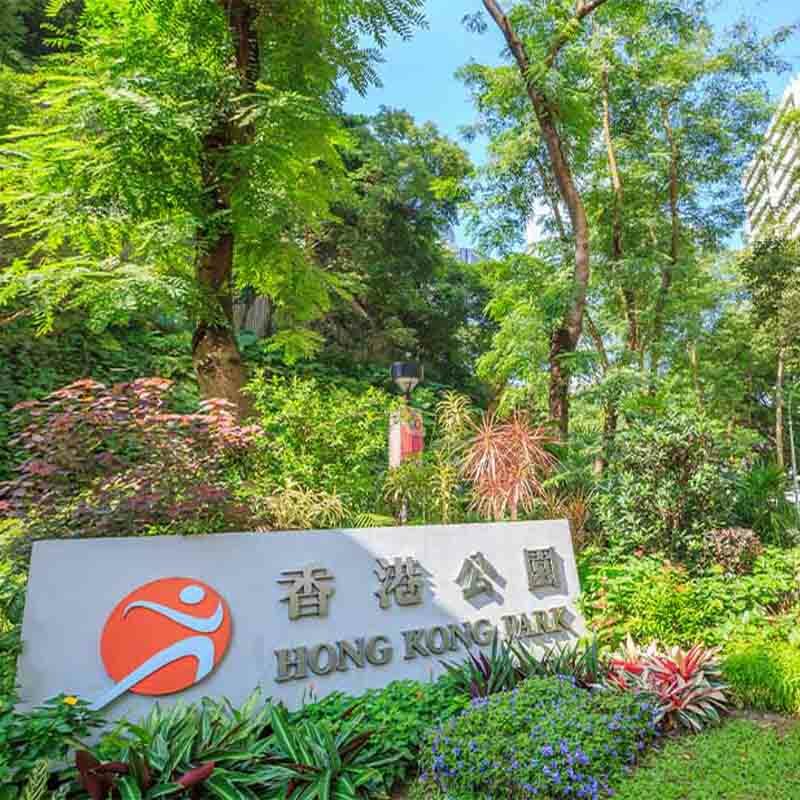In just over two months, the annual City Nature Challenge (CNC) –a global effort where cities compete to record the most biodiversity with the phone app, iNaturalist– will once again be held from the 28th of April to the 1st of May, 2023. As noted in a previous article, the CNC and iNaturalist use in general are not just fun recreational activities, but can also an important source of supplementary data on the photographed species. This data can then be used by scientists to determine anything from their distribution to their response to climate change.
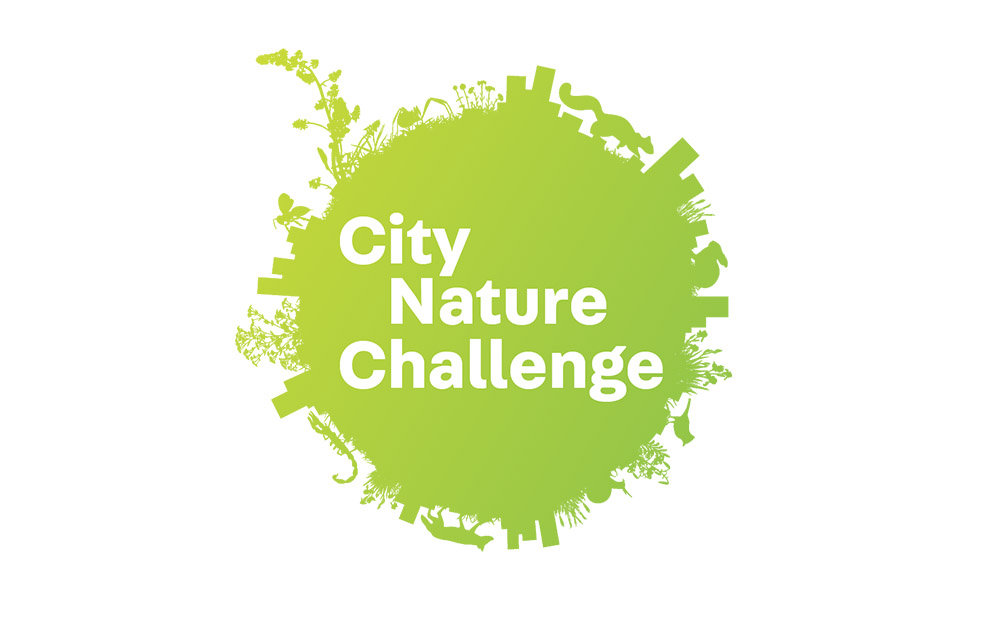
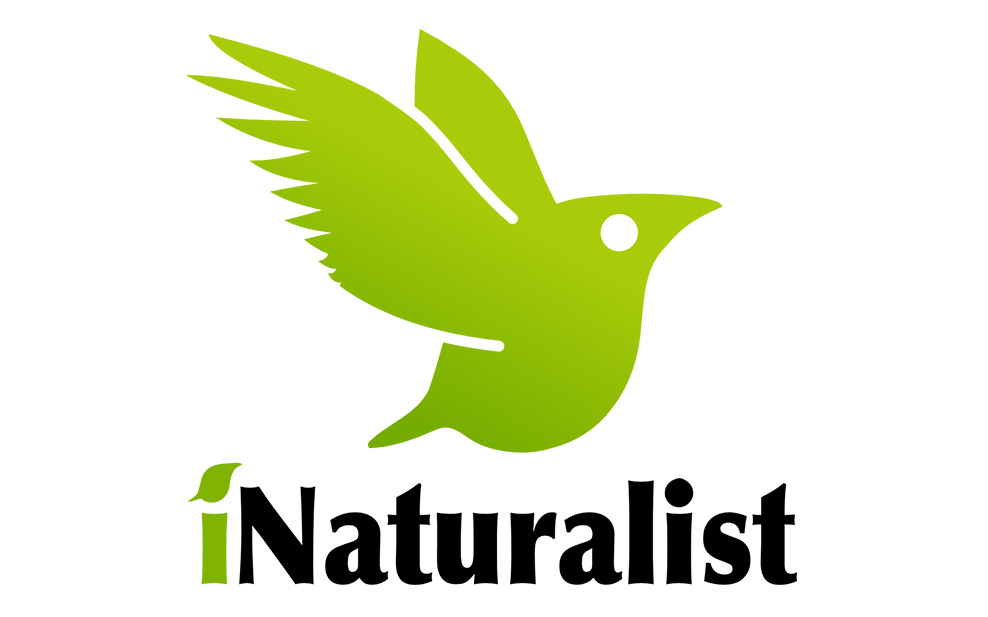
However, a single weekend in Spring is not the only time when ordinary people can contribute to conservation.
Citizen scientist opportunities abound in Hong Kong year-round, whether they be established programmes by environmental organisations, or simply scientists asking for the public’s help with their research. Some don’t even require you to do much more than take a photograph and upload it to a website. But through these simple acts, you can potentially help a great deal with efforts to study and protect our planet. Additionally, a recent study from the UK has found that it can even be good for your personal wellbeing.
WELL, here are 4 citizen science efforts that you can get involved with:
Report Ringed Birds
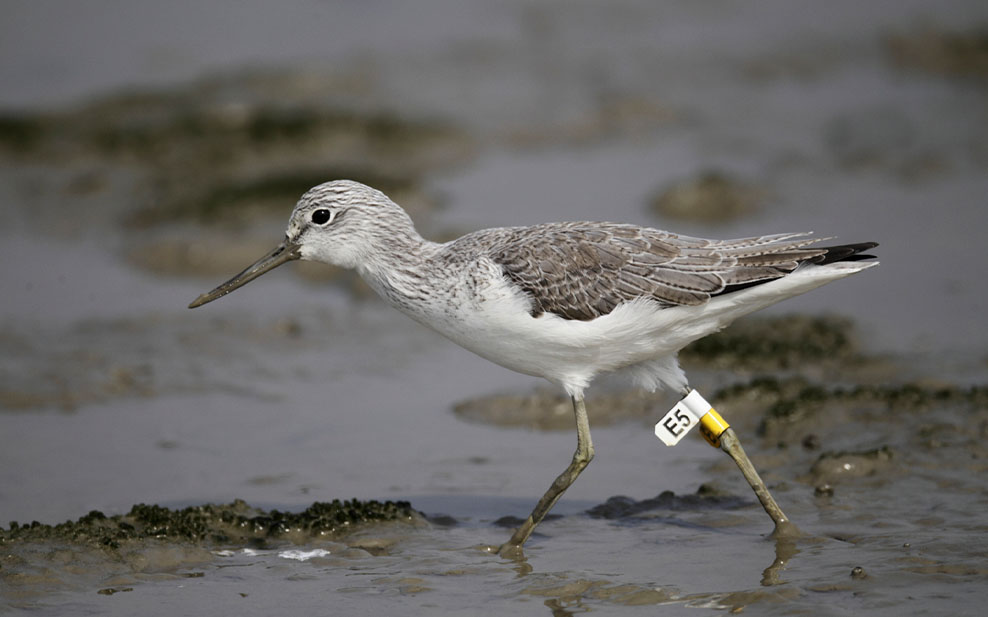
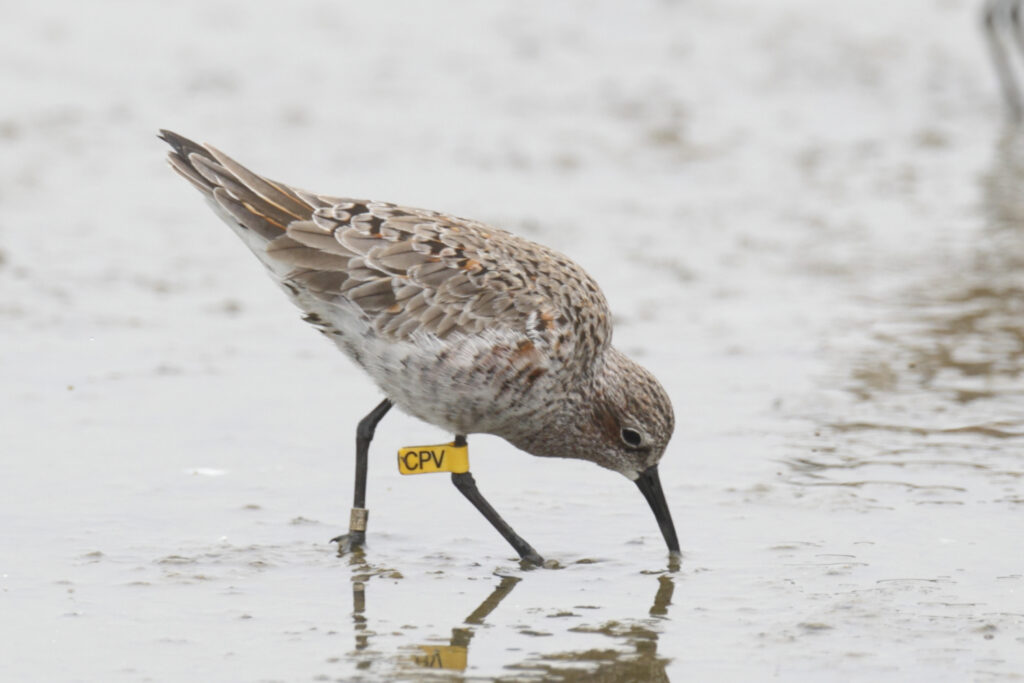
The migratory birds that visit Hong Kong every winter will soon start heading north to their breeding grounds. But while they are still here, be sure to look for any with a coloured, numbered ring around their legs.
A common practice when studying birds is to place rings on their legs –colour-coded according to the country they were first ringed in– with a unique ID number corresponding to the individual bird. This information helps scientists to track the movements of individual birds and identify important sites to protect along their migration routes.
If you come across any such birds, consider uploading your observations (preferably with a photo) to the Hong Kong Birdwatching Society (HKBWS) online forum, along with details about the location and ring colour/number of the bird.
Track Butterfly Migration
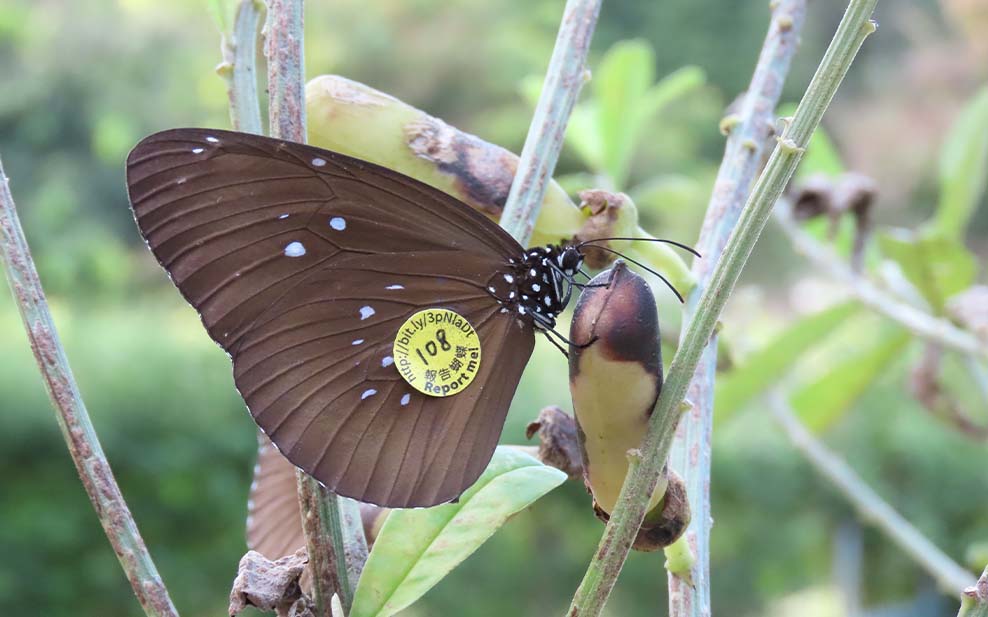
Bird ringing has a long history, dating back to 1965 in Hong Kong. But now, researchers from the University of Hong Kong (HKU) are using a similar method to study butterflies here.
Since December 2021, the researchers have been placing stickers with an individualised code and link to a reporting website on the wings of migratory butterflies. As with bird ringing, the purpose of this is to track the movements of individual butterflies to help map migration routes and important sites for them. Information like this (which is largely lacking for Asian butterflies) could not only identify butterfly hotspots for protection, but could also give insights into their response to environmental changes like climate change.
The hope is that by reporting tagged butterflies to the website provided on the stickers, members of the public can help to build a database of butterfly sightings. If you spot a tagged butterfly (dead or alive), please report the date, time, location and code on the sticker to the Danaid Butterfly Research Hong Kong website, along with a photo of your observation.
Study Jellyfish
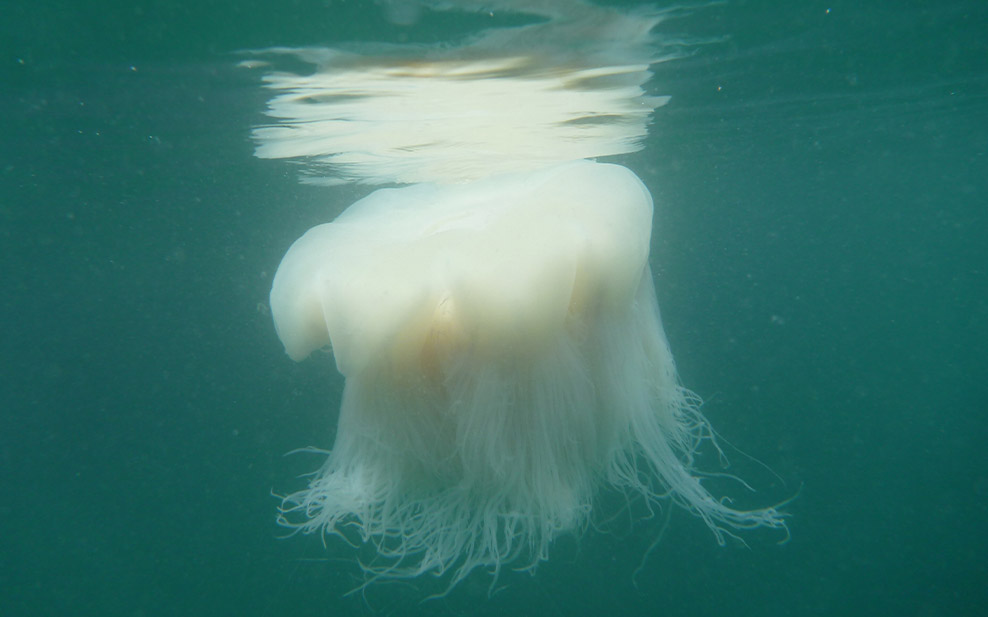
Though largely overlooked by both casual observers and even scientists, jellyfish are actually an important part of marine ecosystems, serving as food for over 160 fish species and as major predators themselves. Moreover, as their populations get ever larger –possibly due to overfishing of their predators and climate change, among other things– there is a growing need to properly understand the causes and impacts of this. Yet in Hong Kong, relatively little serious research is being done on them.
To help fill the considerable gaps in local jellyfish knowledge, the Hong Kong Jellyfish Project is asking swimmers, boaters and anyone else spending time in or near the ocean to share their jellyfish encounters, including casual sightings and stings. This data will be used to map the distribution, abundance and number of jellyfish species in Hong Kong, and combined with other environmental data to understand the causes and impacts of jellyfish population booms.
If you spot (or are stung by) a jellyfish in Hong Kong, please email the details to project@hkjellyfish.com. If possible, include photos of the jellyfish, the date, time and location of the sighting, and the number of jellyfish seen.
Tackle Plastic Pollution
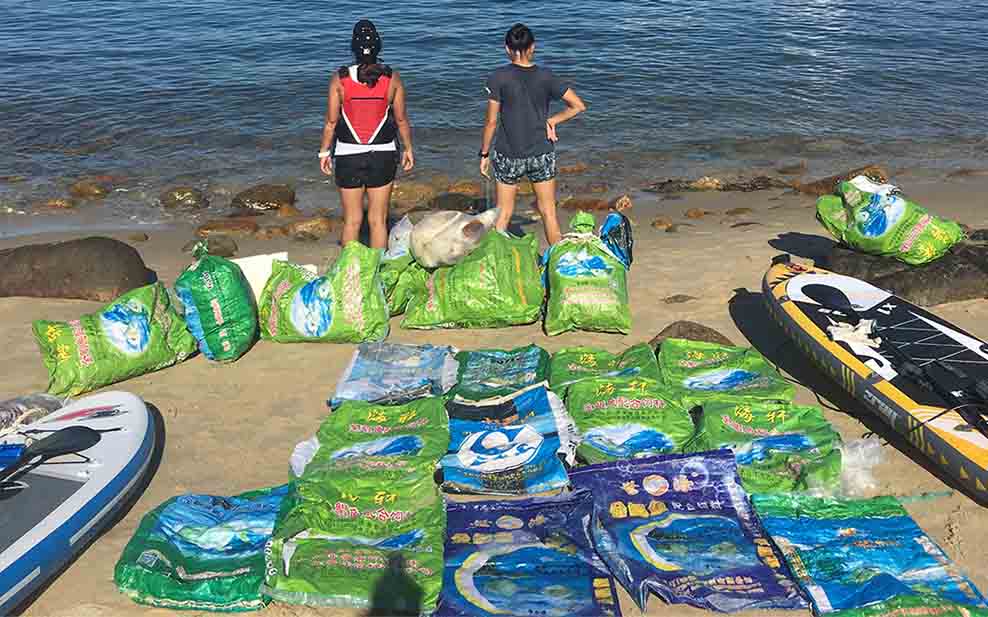
Cleaning up plastic pollution is all very well. But unless we know exactly where it is coming from and what companies are responsible for it, we can’t truly stop the flow of it.
In places with aquaculture industries, one notable type of plastic pollution is industrial size fish feed bags, which have recently been reported in large numbers in the seas and on the beaches of Hong Kong. To address this problem, HKU and the environmental NGO, Plastic Free Seas, have launched a joint citizen science project to properly document it.
If you come across fish feed bags, take a photo and upload it to Plastic Free Seas’ Google form, along with the location, number of bags and especially the brand on the bag. The latter is particularly important as it helps determine which brands are producing the most pollution and therefore need to be held the most accountable. Every two weeks, information from submitted Google forms is added to Plastic Free Sea’s database to build a more complete picture of fish feed bag pollution in Hong Kong.
Honourable Mention: WWF Citizen Science
If you are interested in more committed, long-haul citizen science efforts, you might consider signing up for WWF-Hong Kong’s One Planet Youth Programme. Each year, WWF recruits 30 young people aged 15 to 30 to spend October to July actively contributing to their conservation work. Among other things, this includes working on citizen science efforts to tackle marine litter and survey the biodiversity of Hoi Ha Wan Marine Park and Mai Po Nature Reserve. Don’t worry if you don’t come from a scientific or environmental background, as WWF staff will be on hand to assist and train you as necessary.
Before you go
For a guide on the different colour combinations for bird tags, check out this link.
Written exclusively for WELL, Magazine Asia by Thomas Gomersall

Thank you for reading this article from WELL, Magazine Asia. #LifeUnfiltered.
Connect with us on social media for daily news, competitions, and more.
